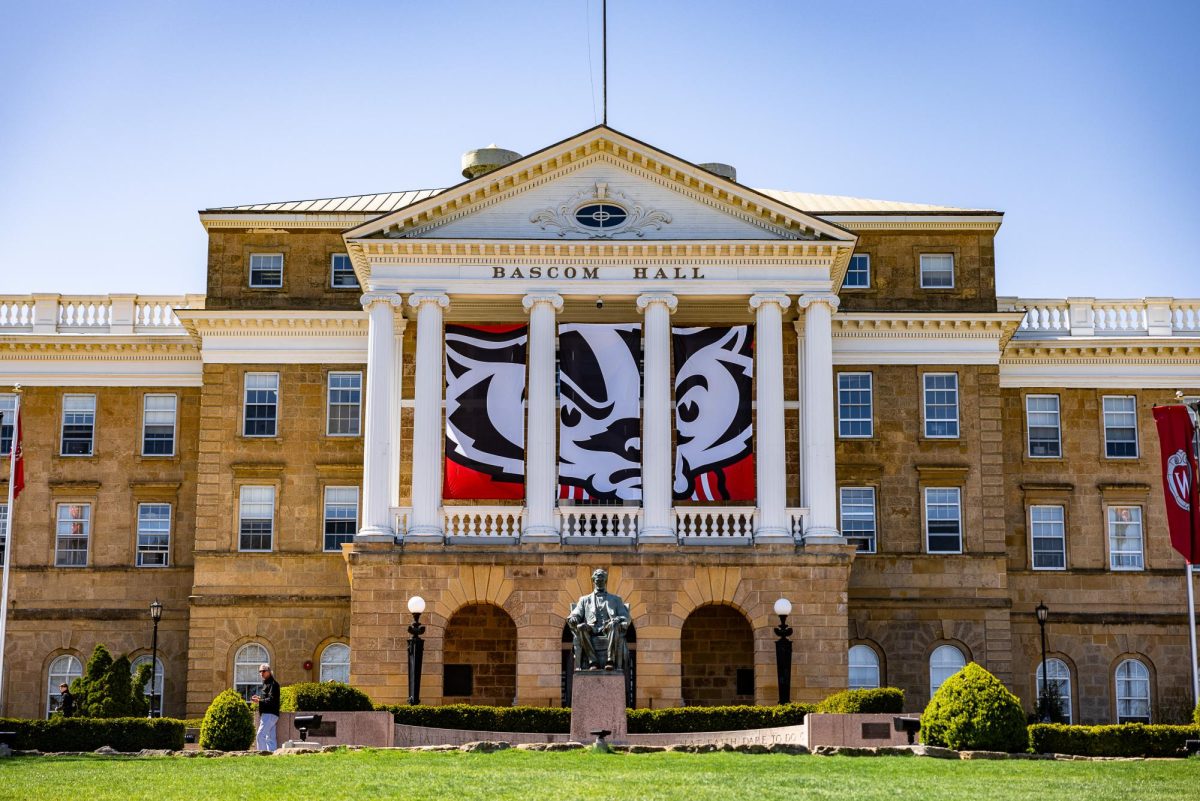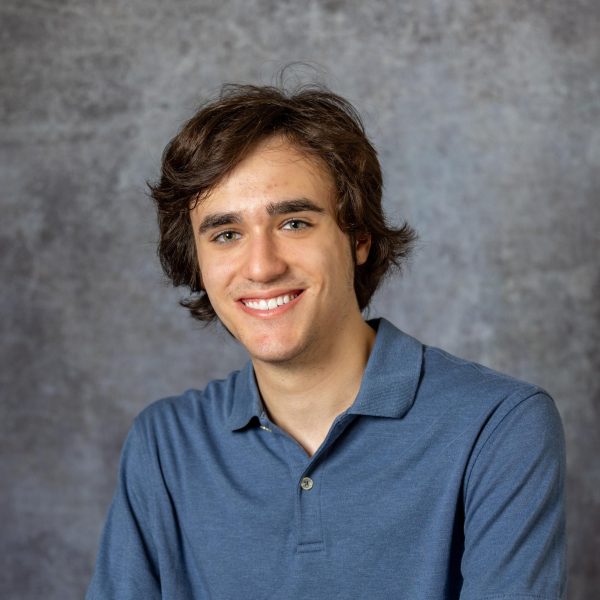An April 11 Department of Public Instruction report shows Wisconsin educators continue to leave the state’s workforce at staggering rates, with their compensation decreasing by nearly 20% over the past twelve years.
Nearly four in 10 new teachers leave the state or profession altogether after just six years, according to the report. Further, Wisconsin public schools ultimately employ only 68% of aspiring educators who finish an education preparation program, according to the report.
Teacher salaries have failed to increase relative to professions with similar educational requirements, Dean of the University of Wisconsin School of Education Diana Hess said. Additionally, education post-COVID faces challenges stemming from the changing mental health landscape and teaching shortages, Hess said.
“Teaching has become more challenging, especially post-COVID,” Hess said. “It’s hard to be a successful teacher if you’re in a school that’s not staffed properly.”
This April, the SoE received $8 million in new donor support and extended the Teacher Pledge program through the 2028-29 academic year, according to an SoE press release. The program offers students the equivalent of in-state tuition and fees as well as testing and licensing costs, according to the release. In exchange, recipients agree to teach in any public or private school in Wisconsin for four years or three years in high-need subject areas and school districts, according to the release.
The program works to diversify who enters the teaching workforce in Wisconsin, Hess said. Additionally, while UW cannot directly raise teacher salaries, the Teacher Pledge program aims to raise teachers’ standard of living by reducing their debt, Hess said.
“What we were hoping to do was develop an initiative that would make it more likely that more of our students would go into teaching, and this worked,” Hess said.
The SoE also provides professional development programs to graduates, Hess said.
The Early Career Teaching Institute, for instance, offers UW alumni a $500 stipend to participate in a multi-day program, facilitating networking opportunities among those with similar specialties, according to the press release.
The SoE is currently looking into all its programs to anticipate the ongoing significance of AI in the field of education, Hess said.
“My sense is, going forward, we’re going to have to work really carefully with students … in all of our programs to make sure that they learn how to use AI as a tool,” Hess said.
Current SoE students can prepare for the education workforce by speaking with an advisor, Hess said.



